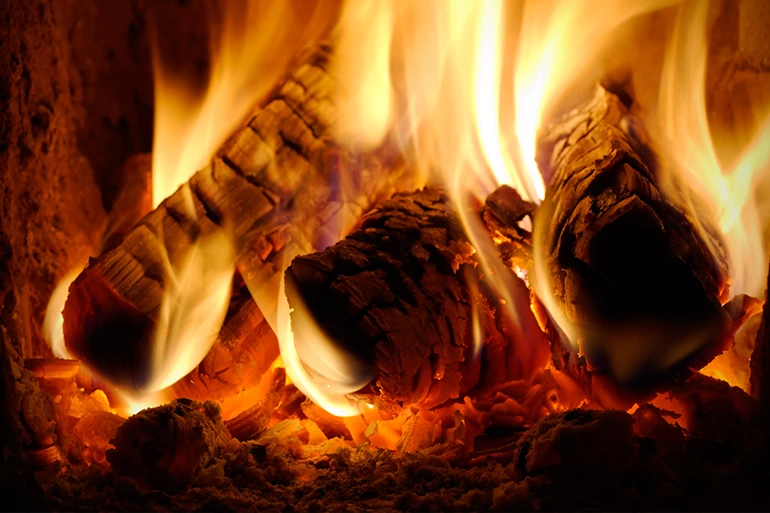Wood Ash: The Benefits You Never Knew
After enjoying a roaring fire in your wood burning fireplace or stove, you are left with a pile of wood ash. Now what? In this article, we are going to show you how to utilize this collection of remaining wood ash to create useful items around your home. Don't waste this precious material by throwing it out — instead use the wood ash to create household cleaners, fertilize your garden, or even to create ceramic pottery. Any type of wood commonly used in a home fireplace can create usable wood ash.
By definition, wood ash is "the residue byproducts left after the combustion of wood". This ash contains the chemical compounds calcium carbonate, calcium oxide, iron oxide, and many more important and nourishing ingredients. When you combine these compounds with soil or compost you can turbocharge your garden. These compounds can also be used to create lye, the main ingredient in soap making.


